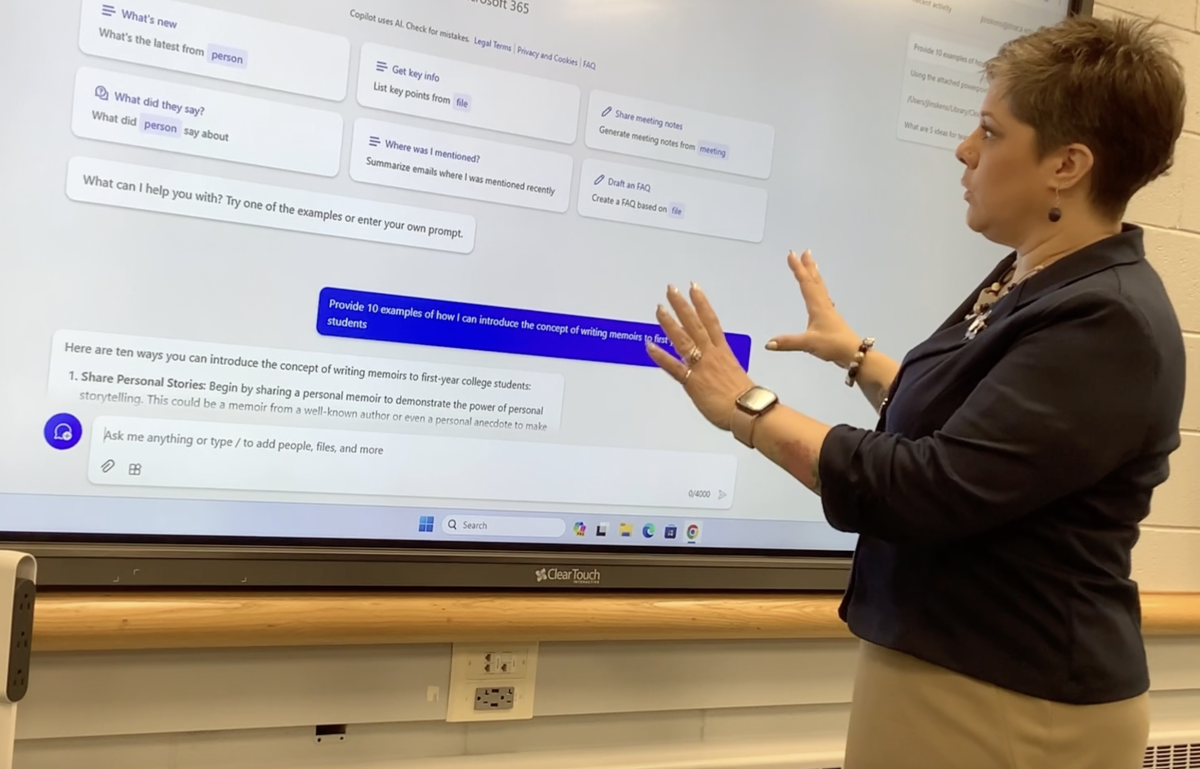These test scores, released in early August, resulted from the first trial year of implementation for the Common Core Standards, which are in full effect as of this academic year. Students were tested statewide in both mathematics and English language arts starting in grade three.
In the Ithaca City School District, the tests deemed four out of ten elementary students proficient in English and one out of every two elementary students proficient in math, according to New York State Department of Education data. Students reach a level of proficiency when they score a three or four out of four on the state test.
Though the district’s scores ranked higher than the state’s average, no more than six out of ten students in any elementary grade level scored either a three or four on either test.
Despite the official status of these results, Matthew Landahl, the district’s chief elementary officer, does not feel that the scores accurately represent the work the district puts into each student that comes through the door.
“For me, the data is not the story,” Landahl said. “The real thing that we try to focus on is trying to engage all of our students and have them excited to be learning in school and being lifelong learners.”
The key to positive test results, Landahl believes, stems from an inquisitive atmosphere.
“In my role, what I’m trying to do working with teachers and principals is to not have the teachers teach in a test or test-prep atmosphere where they’re practicing taking tests all the time,” Landahl said. “I want really good instruction, I want kids asking really great questions.”
Samantha Little, principal of South Hill Elementary School, assures Ithaca teachers are performing substantially above par although results are low.
“[The teachers] have integrity and high regard for what’s being asked of them to do, and they’re putting in a lot of extra time and effort to ensure they’re meeting those expectations,” Little said.
The Common Core test results did not concern Little; she does not believe that one test score necessarily indicates educational aptitude.
“I don’t think that if you get a certain score on a test, that that dictates or determines your future,” Little said.
Test scores do not represent the work going on inside the classroom, said Beth Gerrard, Belle Sherman Elementary School PTA president for the 2012-13 academic year and parent of two district students.
“I have faith in the teachers put in the classroom by administrators who are teaching my children,” Gerrard said.
Since Eric Reiff, tenured third grade teacher at Beverly J. Martin Elementary School, received his score report from the state, he has started to make small changes in his teaching style.
“I’m starting to look at some of the curriculum recommended by Common Core, and I feel more pressure to learn how to teach to the test,” Reiff said.
Standardized testing in elementary school diminishes the value of creative expression, said Alan Blankstein, executive director of the Hope Foundation and parent of a Belle Sherman second-grader.
“My daughter will have a million and one ways to express herself, and I would hate to have that narrowed down to one standardized test,” Blankstein said.
But Blankstein understands the need for change in public school curricula and says the Common Core is one step closer to an extremely integrative curriculum for the district.
“I think the benefits are that things should go in a direction that’s not No Child Left Behind, and should go in the direction of interdisciplinary instruction, project-based learning, more in-depth around fewer topical areas,” Blankstein said. “Those are the things that Common Core espouses, and I think it’s a good thing.”
The best thing that stemmed from the release of the assessment results, Little said, is teachers utilizing creativity while making sure students score in a way that reflects positively on the school and the district.
“Even within the last five years, there has been a plethora of changes,” Little said. “What’s really nice here is that [the teachers are] making it their own, but they are embracing what needs to be done.”







